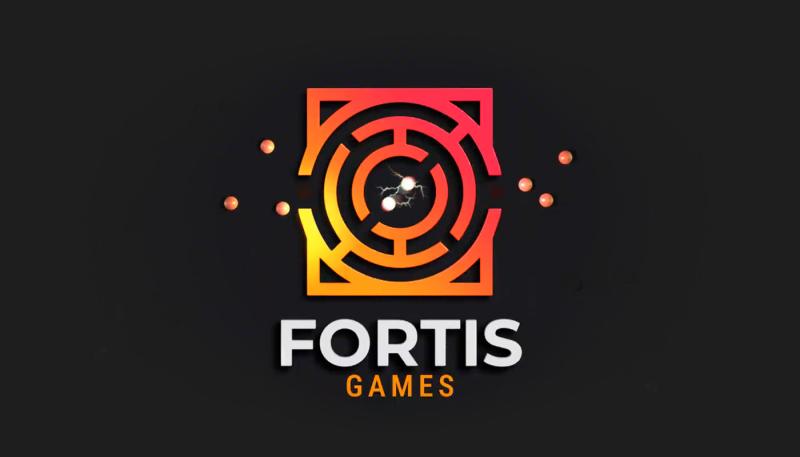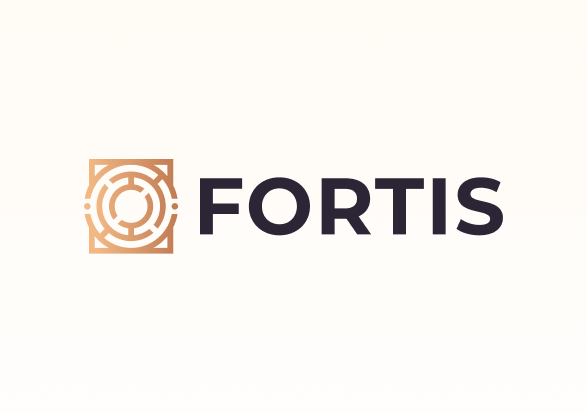Fortis' approach to niche audience research

Industry
Gaming
Challenge
Reaching a niche audience of adult players for survey-based competitor research
Results
Unlocked better coverage of a hard-to-reach player segment and validated a new, more efficient survey method
Playtest
Competitor Playtest
Our collaborative project with PlaytestCloud helped us prove that we could successfully recruit a difficult-to-reach, niche audience at scale. By experimenting with a new, seamless survey flow that combined the screener and survey, we were able to reduce participant friction and avoid the drop-off and wasted recruitment resources that are common with traditional two-step methods. This validated a new approach for us, providing a more accurate view of this audience and strengthening our confidence in the insights from the study.
Andrei Ivanescu
Insights Manager @Fortis

About Fortis
Fortis is a global remote games studio focused on building player-first experiences across a wide range of genres and platforms. With teams across the globe, they’re known for combining high-quality production with deep player research to inform early development decisions and shape innovative gameplay.
How Fortis used survey-based competitor research to explore a niche market
When Fortis set out to explore a new player segment, they weren’t testing features or polishing a prototype. They were asking a more fundamental question:
Can we actually reach this audience?
The goal: gather feedback from adults who play games typically designed for younger players. No gameplay recording, just survey-based competitor research to help guide early-stage audience exploration.
What followed was a collaborative experiment in simplifying recruitment and unlocking a smarter way to reach niche players.
Challenge: A hard audience to find
Fortis wanted to survey adult players of four well-known young players-oriented mobile games.
These games are playful, colorful, and typically popular with younger users, but Fortis was interested in how adults interact with them. The team was exploring new audience segments during early-stage concept work and needed direct player feedback on competitors’ games to help validate assumptions and shape direction.
The research format was also specific: survey-based competitor research, with no gameplay footage or prototype required. The plan was to use a two-step recruitment flow:
- A screener to identify qualified players
- A follow-up survey invite for those who passed
But with such a specific audience, that traditional approach raised some red flags.
Historically, this two-step process leads to a significant drop-off, especially among niche participants. Qualified players may not respond to the second invite, and unqualified players don’t always get feedback about why they didn’t proceed, which can create frustration over time. The result? Wasted invites, slower recruitment, and lower response rates.
With such a small pool of target players to begin with, Fortis couldn't afford that kind of inefficiency.
The Process: One seamless flow, fewer barriers
To reduce friction and give the study the best chance of success, we proposed a new approach.
Instead of running a separate screener and survey, we combined them into a single, continuous experience. Fortis embedded screener questions at the beginning of their own survey and added disqualification logic to exit players who didn’t meet the criteria—right away, and with full transparency.
That meant:
- No waiting for a second invitation
- No confusion about qualification status
- No extra step between being a match and completing the survey
From the player's point of view, the process was seamless: either you weren't a fit and were told so up front, or you continued straight into the survey without leaving the flow.
The PlaytestCloud team handled recruitment as usual, but the delivery process was now tighter, smoother, and more respectful of participants’ time. It also significantly reduced the risk of drop-off between qualification and participation.
The Results: Better data, stronger confidence, less waste
In terms of numbers, we reached 66% of the intended players.
Not a perfect hit, but considering the difficulty of the recruit and the known constraints of traditional survey methods, this was a strong result.
Just as importantly, the project produced a number of valuable learnings for the Fortis team:
- Recruiting niche players at scale was possible—and this study proved it
- The embedded screener approach worked smoothly in practice, without harming player experience
- It provided a more accurate view of the natural distribution of adult players across these titles, even if not every quota was filled
- The new method saved recruitment resources and avoided creating negative player experiences with unacknowledged disqualifications
This approach is now a validated option in Fortis’ research toolbox. While it hasn’t replaced all of their recruitment workflows, it’s become their go-to solution for niche player segments and early-stage audience exploration.
And from PlaytestCloud’s side, it also opened up new ways of supporting unconventional research flows, especially those where survey-based competitor testing is more useful than gameplay capture.
This project showed that even with a hard-to-reach audience and a non-traditional format, it’s possible to deliver meaningful results if the process supports the reality of how players engage.
By collaborating closely, experimenting with new formats, and staying focused on player experience, Fortis and PlaytestCloud were able to unlock insights that wouldn’t have been reachable through standard playtesting flows.
And when the players are hard to find, every small change in the process can make a big difference.



